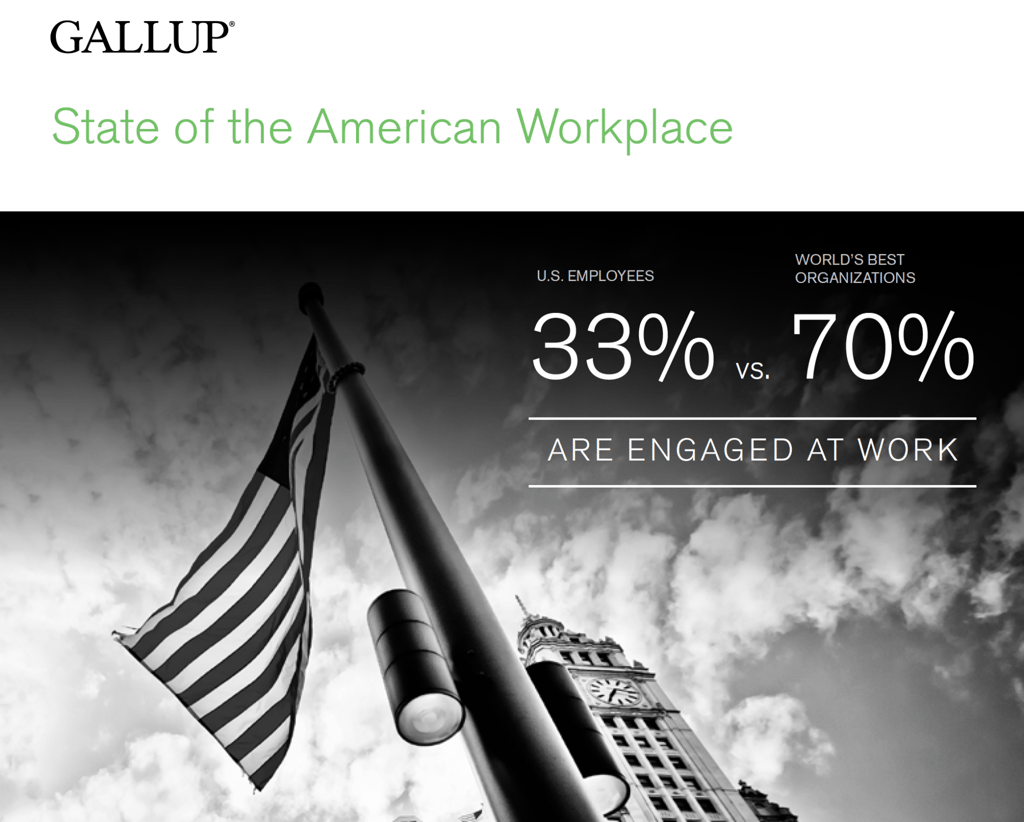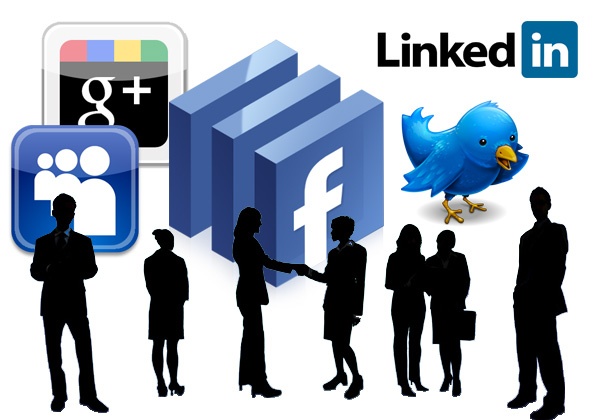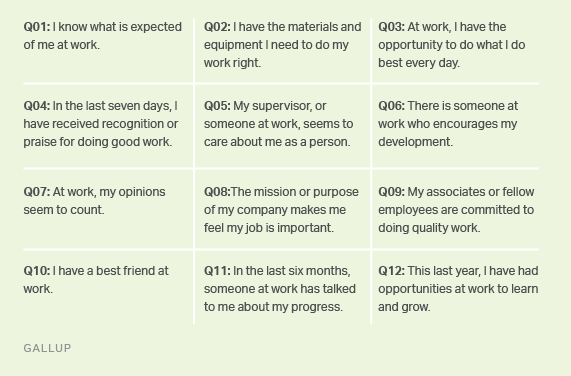Gallup’s annual State of the Workplace report is out--and the results are clear on one thing: The old ways of running an organization simply aren’t working.
In-depth research from over 195,600 American employees reflects the fact that we’re in a time of extraordinary change, with emerging technology transforming the nature of employment as we know it. The figures indicate a startling trend of disengagement across the board, which Gallup believes is a contributing factor for America’s lagging productivity.
“If American companies were simply to double the number of engaged workers from one-third to two-thirds, spirited employees would reverse our seriously declining national productivity. ”
-Gallup State of the Workplace Report

Employee Engagement Is Even More Essential in FM
In facilities management, the need for engagement is stronger than ever as a widening talent supply gap poses a threat to the future of many organizations. A survey released by the Associated General Contractors of America showed that nearly 80% of construction businesses are having trouble finding qualified skilled labor.
A low awareness of the FM field also persists, with research from JLL revealing that most Millennials are unclear what a job in the industry entails--even when they have the skills to thrive in an FM position. Just 1% of Millennials saw a future career for themselves in the field.
The 43% who reported an awareness of the field had varying levels of what a job in FM entails. Older Millennials (aged 30-34) and men (56% vs. 30% of women) had higher levels of awareness, showing an enormous amount of potential to raise the profile of FM among younger Millennials and women. Using campus recruiting, social media, apps, internships and more Millennial-friendly techniques can help boost FM awareness and make known your company’s desire to take on new talent.

But what about engaging and retaining the skilled employees you already have? Here’s a round-up of Gallup’s best practices for leaders who want to drive change:
- Design and deliver a compelling and authentic employer brand.
- Take employee engagement from a survey to a cultural pillar that improves performance.
- Approach performance management in ways that motivate employees.
- Offer benefits and perks that influence attraction and retention.
- Enable people to work successfully from locations besides the office.
- Construct office environments that honor privacy while encouraging collaboration.
- Improve clarity and communication for employees who work on multiple teams.
- Build a performance development environment where there is ongoing dialogue and recognition.
- Bring the big picture to life for employees by cultivating a feeling of purpose.
- Talk to each employee about the unique value they provide to their team.
- Create feedback loops so employees feel involved in decision-making processes.
- Make regular adjustments to align work, when possible, with team members' strengths.
- Create opportunities to learn, acquire new skills, and try different ways of doing work.
- Require all employees to take the Clifton Strengths assessment to recognize each individual's natural strengths.
- Institute a leadership philosophy of developing strengths versus fixing weaknesses.

Caption: Gallup’s 12 elements of engagement.
The Danger of Disengagement
Gallup’s definition of engaged workers is “employees who are loving their jobs and making their organization and America better every day.” Of the 100 million full-time employees in America, one-third report feeling engaged at work. Sixteen percent are actively disengaged, which is safe to say miserable in their jobs, while 51% are hovering in a state of frightening apathy--they’re just “there.”
The cost of disengaged employees is significant...and toxic. These workers are more likely to steal from the company, negatively influence co-workers, miss work days, and even drive customers away. In fact, Gallup estimates that actively disengaged employees cost the U.S. $483 billion to $605 billion each year in lost productivity.
“The one thing leaders cannot do is nothing. They cannot wait for trends to pass them by, and they cannot wait for Millennials to get older and start behaving like Baby Boomers.”
- Gallup State of the Workplace Report

The time is now to make a change. In 2012, 19% of Americans believed it was a good time to find a quality job. In 2016, 42% said it was a good time--reflecting a rising optimism and willingness to leave their job to find better opportunities. In FM, this issue is compounded by a higher-than-average age of facility managers (49 vs. the national average of 43).
Organizations must capitalize on their potential for improvement now or risking losing talent to adaptable employers that “get it.” With a vulnerable present and unsure future, FM organizations that take stock in their biggest asset--its people--will thrive and drive growth by attracting and retaining loyal employees.

Posted by
Collaborate with your Peers!
HealthSpaces is a community for people that plan, design, build and operate spaces where healthcare is delivered.
June 7-9, 2026 | Braselton, GA
Learn More




-4.png)
-Dec-09-2025-05-48-44-4379-PM.png)
-4.png)
-1.png)
-2.png)

Comments